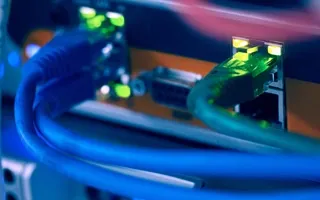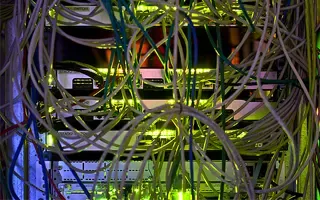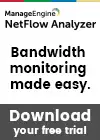Articles
To read the articles in this section, simply click on the article title or read button on the far right (if visible).
Use the below filters to customise the number of articles displayed or search for specific title topics/keywords.
| Articles | |
|---|---|
| Read | |
|
Articles:
802.3 Fast Ethernet (100 Mbit/Sec) Model
| Read |
|
Articles:
Migrating From Ethernet To Fast Ethernet
| Read |
| Read | |
| Read | |
|
Articles:
The Novell Proprietary Frame Format
| Read |
|
Articles:
The IEEE 802.3 SNAP Frame Format
| Read |
|
Articles:
The Ethernet II Frame Format
| Read |
|
Articles:
The IEEE 802.3 Frame Format
| Read |
|
Articles:
Manchester Signal Encoding
| Read |
|
Articles:
IEEE 802.3 Interframe Spacing
| Read |
| Read | |
|
Articles:
Propagation Delay
| Read |
|
Articles:
Late Ethernet Collisions
| Read |
|
Articles:
Early Ethernet Collisions
| Read |
|
Articles:
Introduction to Ethernet Collisions
| Read |
|
Articles:
What is CSMA/CD ?
| Read |
Suggested Articles:
Ethernet Protocol, CSMA/CD, Collisions
Differences Between Classic Ethernet And Fast Eth…
The two primary areas for concern when upgrading the network from 10Mbps to 100Mbps are cabling and hubs. As discussed on the Fast Ethernet Introduct…

Spanning Tree Protocol (STP)
Spanning Tree Protocol – Part 2: Rapid STP Port C…
Spanning Tree Protocol, Rapid STP port costs and port states are an essential part of the STP algorithm that affect how STP decides to forward or blo…

Network Fundamentals
Network Switches & Bridges
Network Switches are the evolution of Hubs and Repeaters, and enable the creation of networks by connecting multiple devices together. They are criti…
ICMP Protocol
ICMP Protocol - Part 4: Destination Unreachable M…
The 'ICMP Destination unreachable' message is quite interesting, because it doesn't actually contain one message, but infact six! This means that the…
Featured Subcategories:
Netflow Articles:
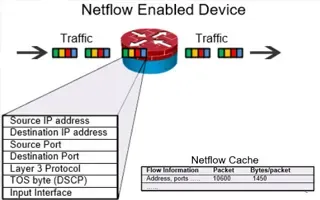
Complete Guide to Netflow: How Netflow & its Comp…
This article will cover the basics of Netflow, including its use cases, Netflow supported devices, Netflow history, and variants. We’ll also dive int…
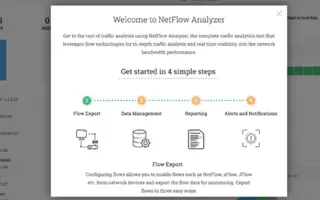
NetFlow Analyzer: Free Download, Step-by-Step Ins…
In our previous article we explained how a Netflow Analyzer can help you gain visibility into your user traffic, application traffic and data flows w…

Netflow: Monitor Bandwidth & Network Utilization…
Monitoring network traffic & bandwidth usage via Netflow is mandatory for any type and size network. Gaining visibility into user traffic, applic…
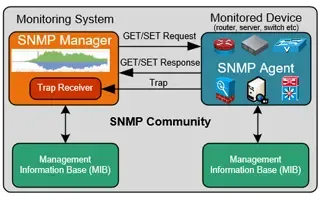
Netflow vs SNMP. Two Different Approaches to Netw…
SNMP (Simple Network Management Protocol) and Netflow are both popular protocols with admins, prized for their ability to give visibility over the ne…
Wi-Fi Key Generator
Follow Firewall.cx
Cisco Password Crack
Decrypt Cisco Type-7 Passwords on the fly!
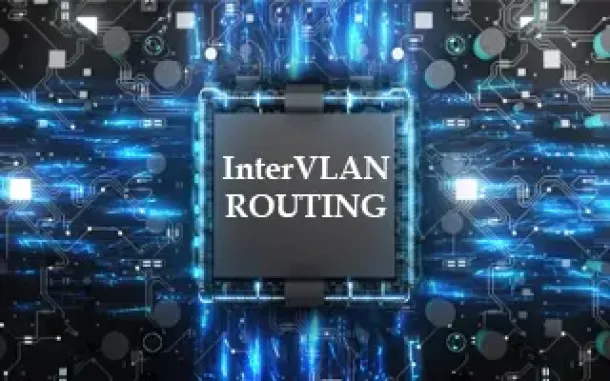
VLAN Networks
InterVLAN Routing - Routing between VLAN Networks
This article deals with the popular topic of InterVLAN routing, which is used to allow routing & communication between VLAN networks. Our article anal…
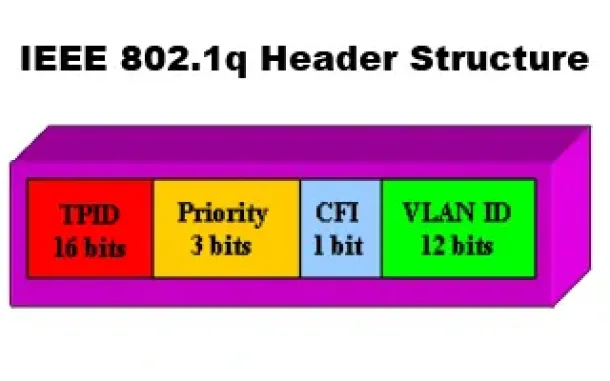
VLAN Networks
VLANs - IEEE 802.1q Trunk Link Protocol Analysis
While the VLAN Tagging article briefly covered the IEEE 802.1q protocol this article will continue building upon it by further analyzing the IEEE 802.1q T…
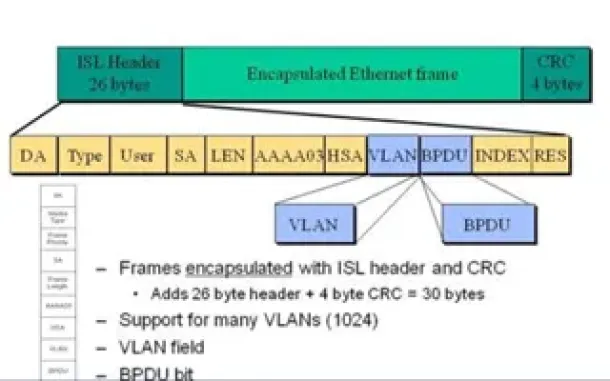
VLAN Networks
VLAN InterSwitch Link (ISL) Protocol Analysis
Deciding whether to use ISL or IEEE 802.1q to power your trunk links can be quite confusing if you cannot identify the advantages and disadvantages of eac…

VLAN Networks
Static VLANs
VLANs are usually created by the network administrator, assigning each port of every switch to a VLAN. Depending on the network infrastructure and securit…
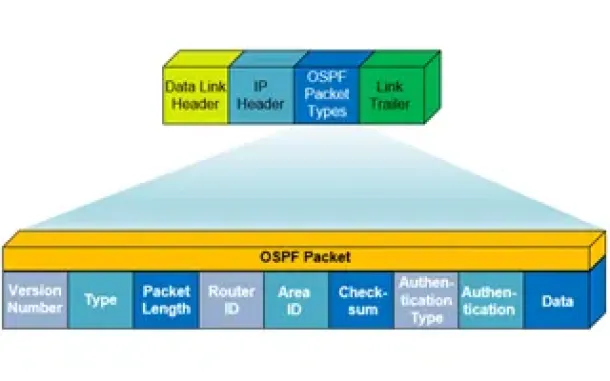
Routing
OSPF - Part 1: Introduction, OSPF Packet Structure, OS…
Open Shortest Path First (OSPF) is a popular routing protocol developed for Internet Protocol (IP) networks by the Interior Gateway Protocol (IGP) working…
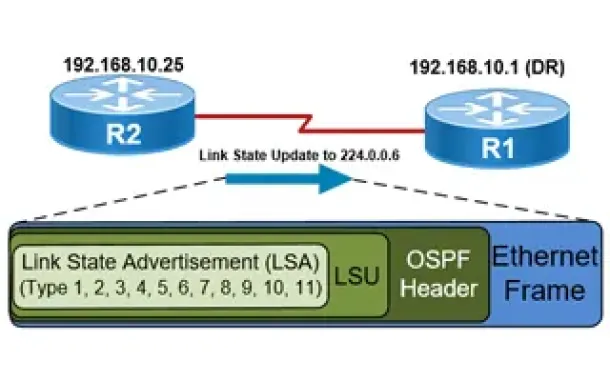
Routing
OSPF - Part 5: Analysis of OSPF Link State Update (LSU…
This article explains how OSPF uses Link State Advertisement (LSA) to exchange information about the network topology between routers. When a router recei…

Routing
The IP Routing Process - Step-by-Step Analysis
We are going to analyse what happens when routing occurs on a network (IP routing process). When I was new to the networking area, I thought that all you…
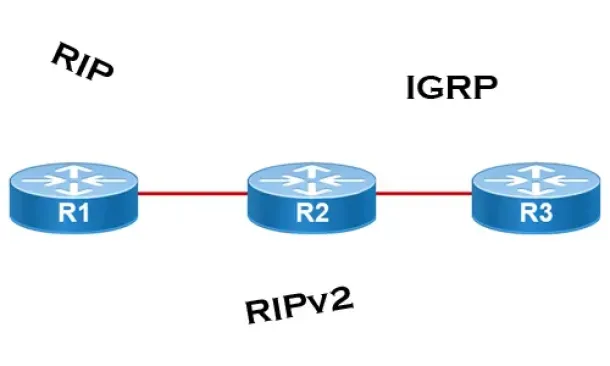
Routing
Distance Vector Routing Protocols
Distance Vector routing protocols use frequent broadcasts (255.255.255.255 or FF:FF:FF:FF) of their entire routing table every 30 sec. on all their interf…
SASE & SD-WAN Networks
The Need for a Converged SASE Platform. Converging Net…
The digital transformation is pushing applications to the cloud, the 2020-2022 pandemic shifted employees to work from home, and the number of resulting n…
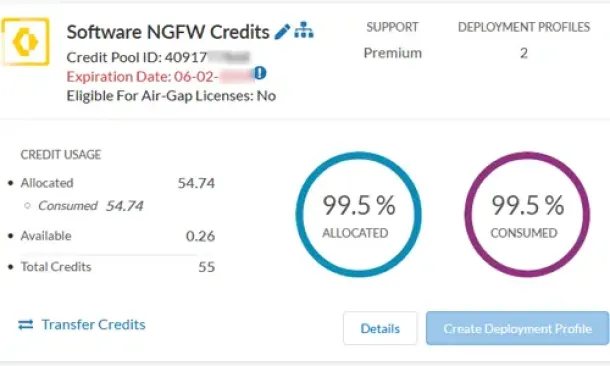
Palo Alto Networks
The Ultimate Guide to Palo Alto Networks Software NGFW…
Discover the ins and outs of using Palo Alto Networks’ Software NGFW (Flex) credits to seamlessly renew your cloud-based or virtualized software NGFW devi…
Windows Servers
Free Webinar: Migrating from Hyper-V to VMware
If your organization is planning to migration from a Hyper-V virtualization environment to VMware then this FREE webinar is just for you.
Aimed toward Hy…
SASE & SD-WAN Networks
Configuring A SASE Unified Network: Data centers, Remo…
This article explores the need for Secure Access Service Edge (SASE) in today’s organizations. We show how one of the most advanced SASE platforms availab…







